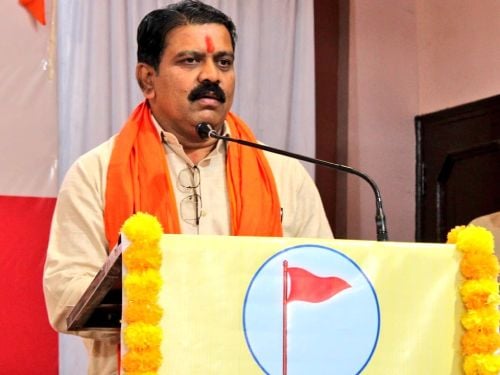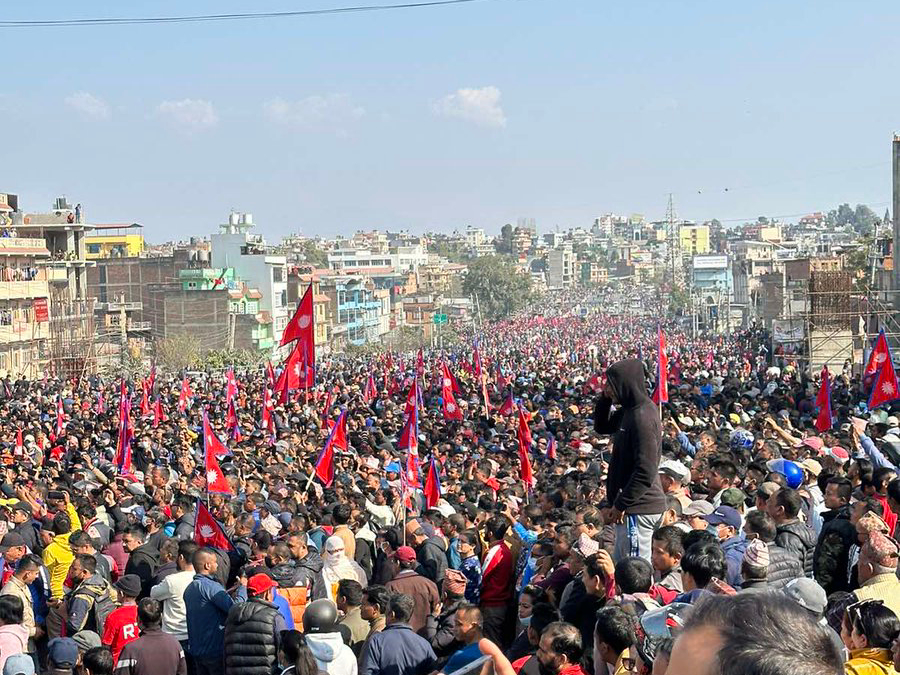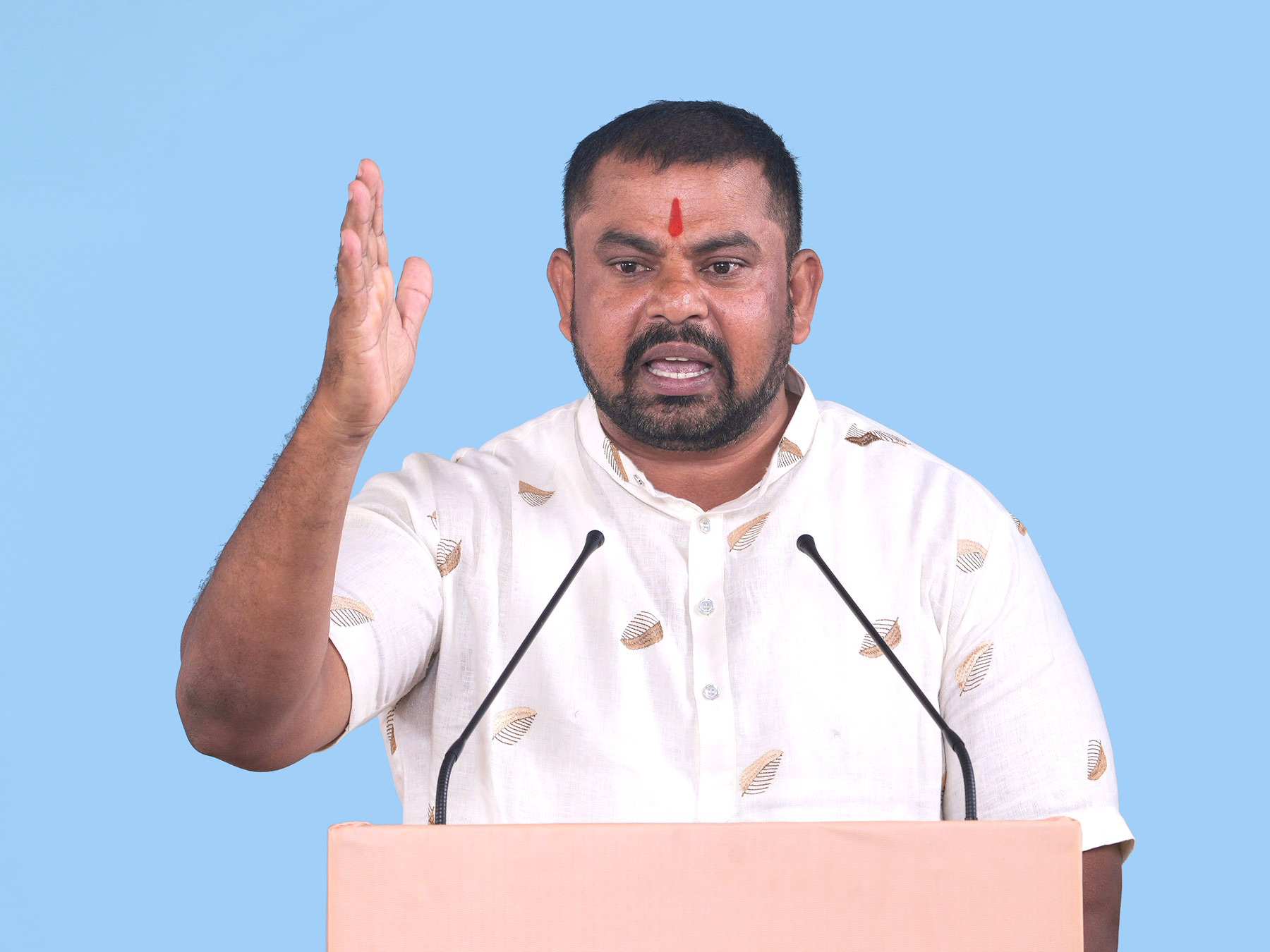
Kathmandu : Federal States around the world are found carved out basically by two ways— independent states uniting into a single federation known as ‘coming together’ and a single State dividing into different federal units described as ‘holding together’ federalism. The concepts are also known as federalism of integration or aggregation and of differentiation or disaggregation respectively.
While countries like the USA, Switzerland and Australia are examples of coming together federations that came to become one bigger nation basically from the security point of view, India, Belgium and Spain among others decided to distribute powers among the federal units so as to keep the country united or stop it from disintegration.
Nepal, however, unique in many ways was in the process of becoming a unique federation, as it is neither a ‘coming together’ nor ‘holding together’ in the true sense. Nepal has remained a single state since it was unified as a modern country by then King Prithivi Narayan Shah in the 18th century and there has been no threat of division to adopt a federal system to keep it united. Nepal, in fact, decided to adopt a federal structure of governance basically to decentralize power concentrated in Kathmandu to the different units and to better manage the diversity that lies in terms of ethnicity, geography and development in the country.
The Madhesh movement has often been credited to have introduced the agenda of federalism in the country. However, the Madhesh-centric political parties that claim to represent the ‘madhesh’ or the plains of the country put up a demand that was in fact contrary to the principle of Federalism. The demand for a ‘one madhesh one province’ was a paradox, as following the same logic would lead to the creation of only three provinces in the country. It would just be about creating three more Kathmandus in the country.
This agenda of one single province in the plains got slightly diluted after the Tharus, who are the original inhabitants and who form a significant part of the Nepali population in the western plains of Nepal, objected to them being put under the Madhesh category. In retaliation, they came up with the demand for a Tharuhat province. This then led to a series of demands for specific regions to be either left independent or integrated in the new federal set up. Campaigns like integrated Chitwan and then an integrated or undivided far-west came into being. Supporters of the ‘undivided far-west’ even went to extent of shutting down the region for weeks in 2012 to press the constitution drafters to leave the region intact in the new federal set up of the country.
In the meantime, the first CA was dissolved without promulgating the new constitution and the differences over the federal design was purported to be one of the reasons for it.
During the campaigning for the second CA elections, leaders from the far-west region like Sher Bahadur Deuba, Ramesh Lekhak and Bhim Rawal promised to their voters to ensure that the region remains undivided in federal Nepal. Unlike in other issues, these leaders lived to their promises and thus were successful in not only ensuring that the far-west was kept intact but also added Karnali and Bheri from the mid-west to form the 6th province in the six-province model agreed between the four major political forces last week. The people of the far-west, except the Tharu community, rejoiced to the new proposal but that sowed the seeds for an ‘undivided mid-west campaign’.
The campaign took an ugly and violent turn on Monday leading to the unfortunate death of three persons and injuries to many others especially in Surkhet, the current regional headquarters of the mid-west region. The latest campaign for an ‘undivided region’ has communicated to other parts of the country as well leading to campaigns calling for an ‘autonomous Karnali’ and independent Tharuhat province.
Though it was expected that no matter what the final federal design of the country would be, it would not satisfy all. However, this level of resistance especially with a demand to keep a specific geographic region undivided was unprecedented. This was also evident in the urgent appeal made by the four major party leaders, through a press conference on Tuesday, to exercise restraint and make sure that the second CA too does not suffer a similar fate as that of the first CA. The leaders also pledged to find appropriate solution to these disputes in best possible way, considering the interest and welfare of the nation as a whole.
The onus thus now lies on the political leaders in the centre as well as those in regions to respond to the people’s aspirations for a federal design of their liking, and take them into confidence before coming up with the final design. The people at large too needs to be equally responsible and aware of the fact that any federal design shall not be permanent, and we will have many opportunities in the future to reflect on it and make changes accordingly. Neighbouring India that began with the reorganization of states in 1956 continues to change itself and carve out new states as late as the recent Telengana in 2014. So, though it may not be as we all want in the beginning, we could take the current proposal as a foundation for us to build on, as it is more than ripe for us all to bring this more than seven years’ journey to an end to focus on socio-economic development based on the new law of the land.
Source : Glocal Khabar




